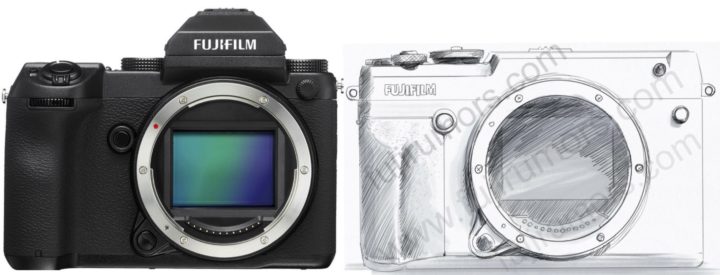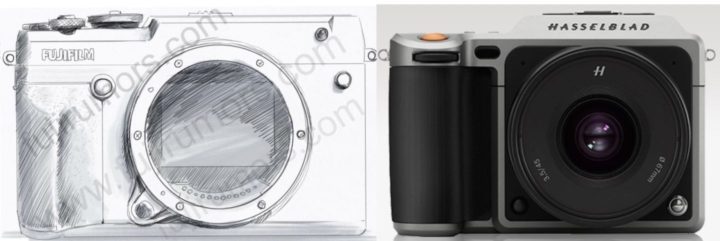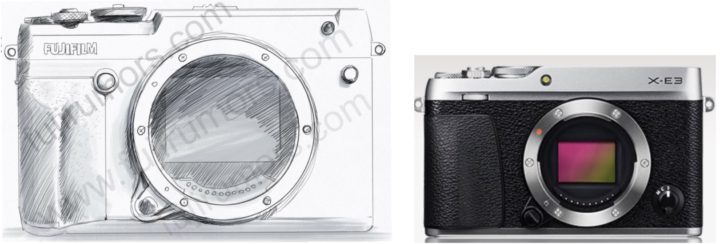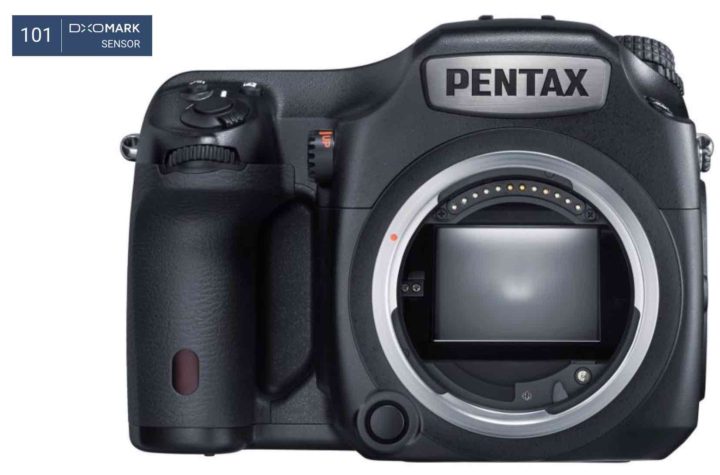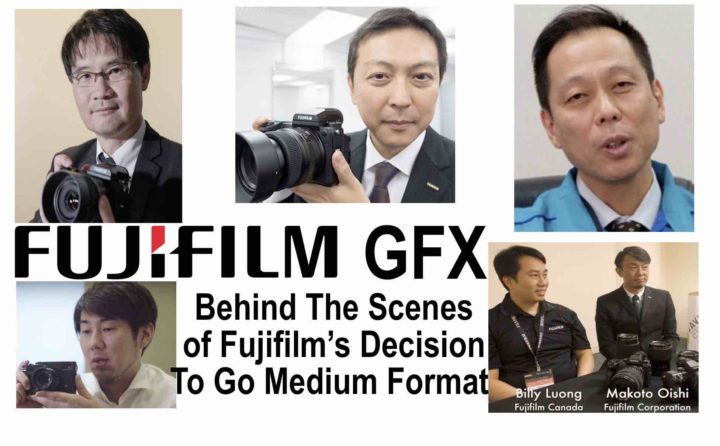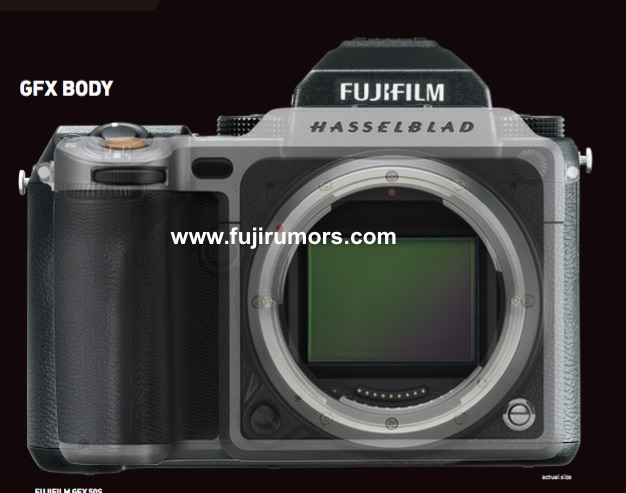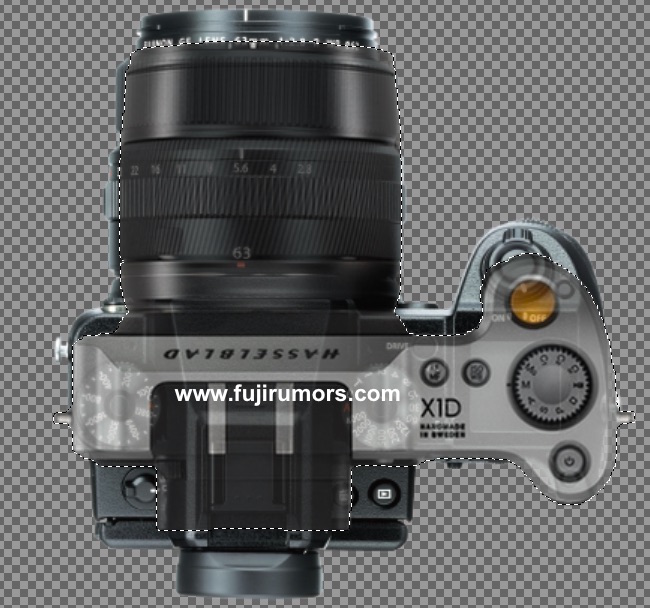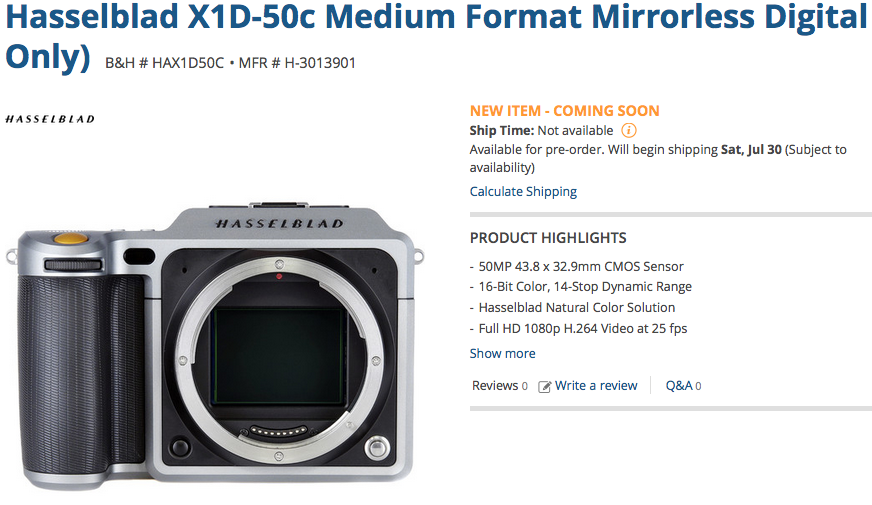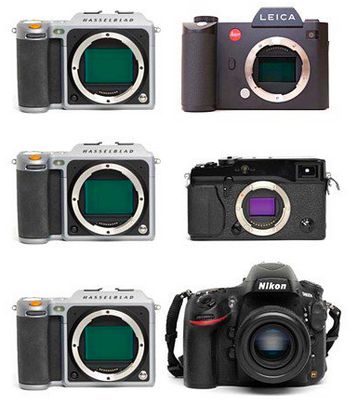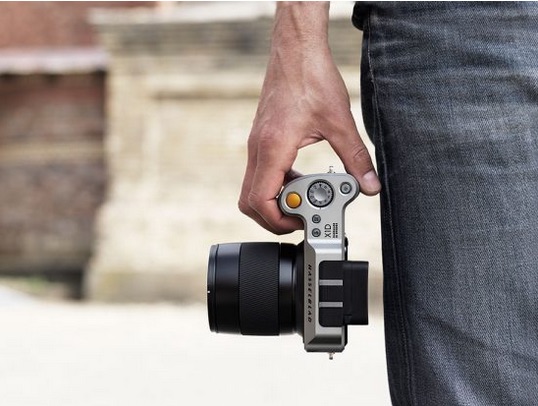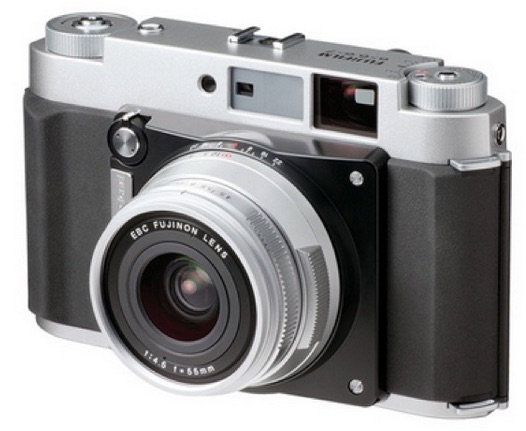
Following the Fujifilm X-T2 launch, dpreview had a talk with 3 important Fuji Managers: Yuji Igarashi, Takashi Ueno and Ryouichi Takamoto.
Of course a lot of talk about the Fujifilm X-T2. But not only. Here some excerpts:
Q: Could 4K movie recording be added to the X-Pro 2 with firmware?
A: No. Because of hardware issues. We’d need to add a heatsink, which the X-Pro 2 doesn’t have because we wanted to maintain its body size.
Q: Why did you decide not to include a touchscreen on the X-T2?
One reason is that a key feature of the X-series is dial operation. And dial operation and touch operation are completely different, so combining them could be confusing. The typical way of shooting with X-series cameras is with your eye to the viewfinder, and to use a touchscreen you’d have to take your eye away from the finder.
Q: Hasselblad just released the X1D – a relatively compact medium format camera. Do you think there is an opportunity for Fujfilm in this market in the future?
A: We’re keeping our eye on that market, and the full-frame market too, but we’re still focusing on our APS-C range. […] The question of sensor size depends on what the user wants, as an output. If you’re using a medium format camera and you definitely need that for the work you’re doing, maybe APS-C is too small. But for general use, I think our [current] APS-C sensor is comparable to full-frame image quality. I think we can satisfy most people. But in future our goal is to satisfy everyone.
Read also the Following Medium Format Fujifilm Rumors: 50MP Sensor & Available 2017 + Definitely More Affordable than Hasselblad X1D + To Be Launched along with 3 Lenses! + 50MP Sensor & Available 2017! + Mirrorless with interchangeable lenses
Q: Is Fujfilm committed to the sub-APS-C market anymore, or are you focused now on APS-C?
A: We still do well with tough cameras. Because smartphones haven’t been able to replace them. So we’ve not completely abandoned that market. As long as there’s opportunity we’ll continue to look into it.
Comment from dpreview:
Publicly, Fujifilm is fully committed to its APS-C system, with its twin flagships, but I’d be very surprised if some of the company’s engineers aren’t looking jealously westward to Sweden, where Hasselblad recently announced the X1D. This, after all, is precisely the kind of medium format camera that Fujifilm used to be known for, back in the film days. Lightweight (ish), easy-to-use, and relatively affordable next to more traditional SLRs.
One of the gentlemen I spoke to last week said that ‘in future our goal is to satisfy everyone’. Only he knows exactly what he meant by that, but it’s fun to speculate. What do you think? Let us know in the comments.
Full Interview at dpreview (thanks for the link, J.)
Some Thoughts:
- Say goodbye forever to your dreams of a 4K Firmware for the Fuji X-Pro2
- It really sounds like the Manager declared the death of the X10/20/30 line. Apparently, to what belongs sensors smaller than APS-C, only the tough waterproof and shock resistant camera line of the Fujifilm XP90 will survive. Not a big surprise. Our trusted Japanese source already told us, that there is no X40 on the horizon. Moreover, the X30 and XQ2 are already officially discountinued… and not because a successor is coming anytime soon.
- It’s over a year now that I insist Fuji is working on a Medium Format camera. And I see around the web the Medium Format Fujifilm rumor is already taken as some kind of fact… and that’s good so, because it’s true. I tell you, if for some reason it does not come, I’ll close FR and hide somewhere forever ;) .
stay tuned,
 Fuji X Forum, Facebook, RSS-feed and Twitter
Fuji X Forum, Facebook, RSS-feed and Twitter
